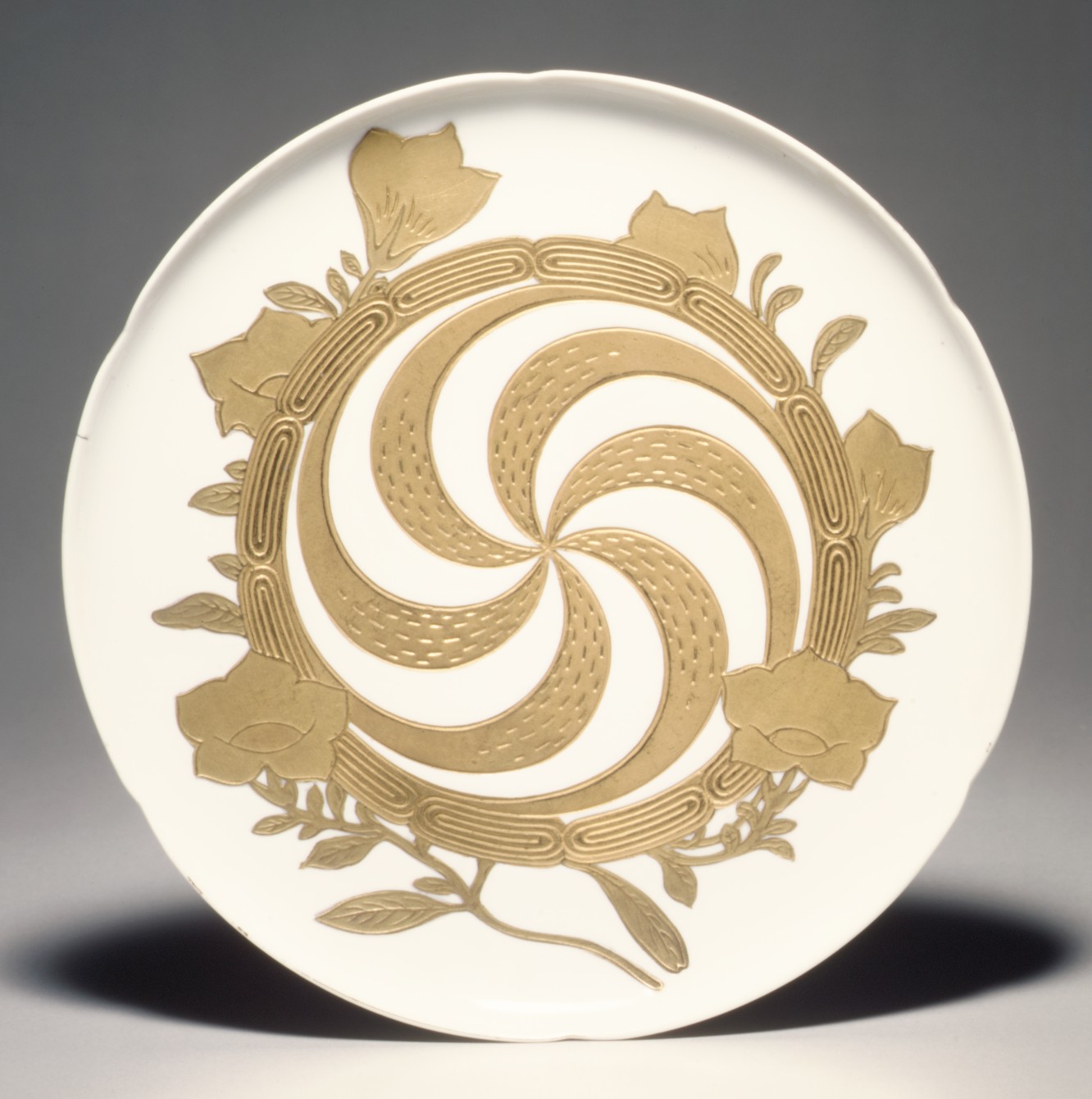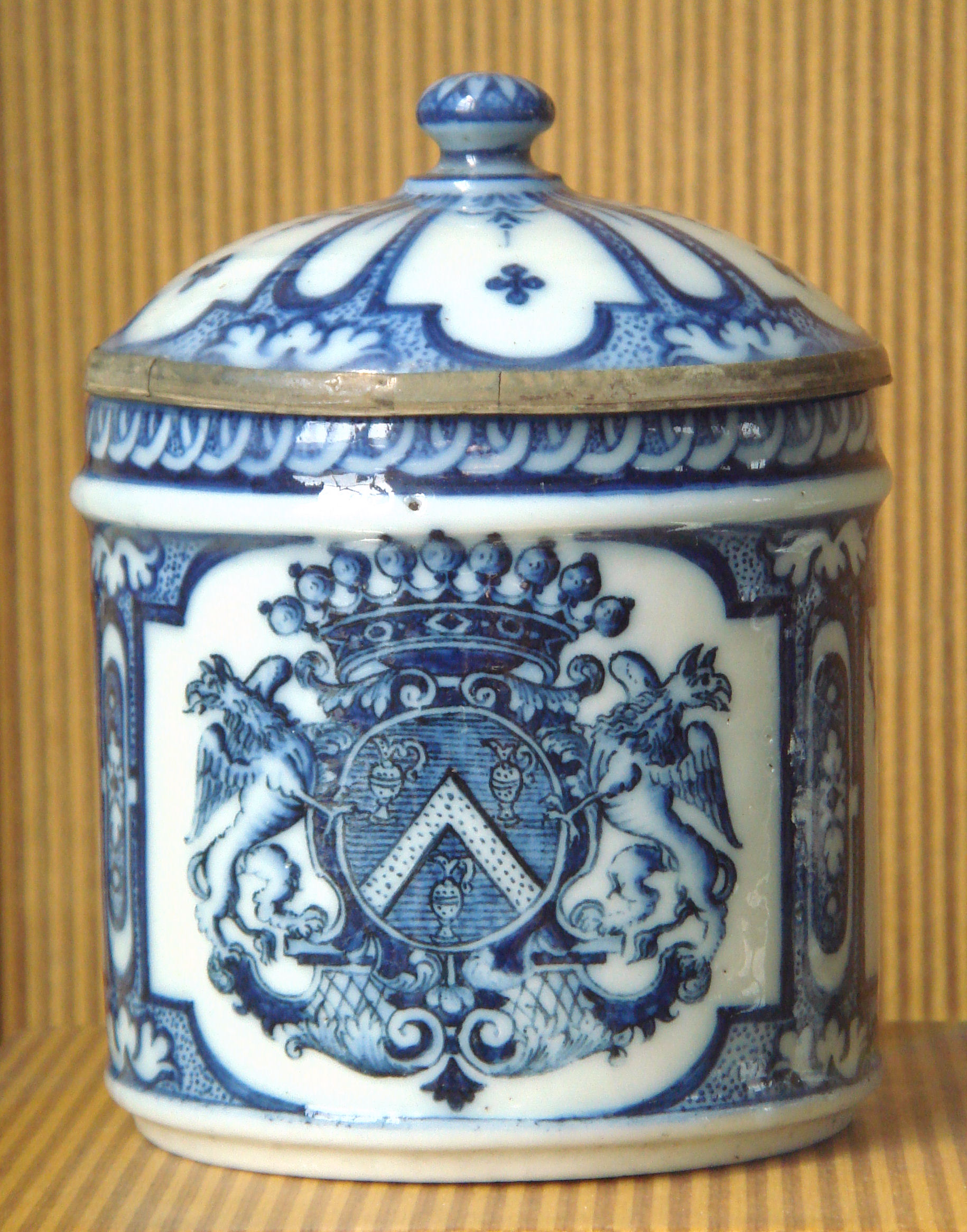|
Haviland China
Haviland & Co. is a manufacturer of Limoges porcelain in France, begun in the 1840s by the American Haviland family, importers of porcelain to the US, which has always been the main market. Its finest period is generally accepted to be the late 19th century, when it tracked wider artistic styles in innovative designs in porcelain, as well as stoneware and sometimes other ceramics. History American David Haviland was a New York-based importer/exporter who recognized the quality of French porcelains and wished to import them for an American clientele. Charles Haviland explained his father’s history as such: "In 1839, my father was an importer of English Porcelain and earthenware in New York, when he happened to see a French porcelain tea service that had, I know not how, found its way across the Atlantic. My father found the material of this service quite superior to that of the English porcelain and earthenware that had been the object of his trade and thought it would be ... [...More Info...] [...Related Items...] OR: [Wikipedia] [Google] [Baidu] |
Limoges Chocolate Set
Limoges (, , ; oc, Lemòtges, locally ) is a city and Communes of France, commune, and the prefecture of the Haute-Vienne Departments of France, department in west-central France. It was the administrative capital of the former Limousin region. Situated on the first western foothills of the Massif Central, Limoges is crossed by the river Vienne (river), Vienne, of which it was originally the first ford crossing point. The second most populated town in the Nouvelle-Aquitaine, New Aquitaine region after Bordeaux, a University of Limoges, university town, an administrative centre and intermediate services with all the facilities of a regional metropolis, it has an urban area of 323,789 inhabitants in 2018. The inhabitants of the city are called the Limougeauds. Founded around 10 BC under the name of Augustoritum, it became an important Gallo-Roman culture, Gallo-Roman city. During the Middle Ages Limoges became a large city, strongly marked by the cultural influence of the Abbey ... [...More Info...] [...Related Items...] OR: [Wikipedia] [Google] [Baidu] |
Ernest Chaplet
Ernest Chaplet (1835 in Sèvres – 1909 in Choisy-le-Roi) was a French designer, sculptor and ceramist. He was a key figure in the French art pottery movement, and his works are held in international public collections such as the Musée d'Orsay, Paris. Having worked in industry for over 30 years, he opened an atelier with the sculptor Albert-Louis Dammouse in 1882, producing stoneware often influenced by Japanese designs and Chinese prototypes. From 1875 he worked with Félix Bracquemond.Ernest Chaplet . . Retrieved 10 October 2015 Chaplet became head of the Parisian workshops of [...More Info...] [...Related Items...] OR: [Wikipedia] [Google] [Baidu] |
Porcelain Of France
French porcelain has a history spanning a period from the 17th century to the present. The French were heavily involved in the early European efforts to discover the secrets of making the hard-paste porcelain known from Chinese and Japanese export porcelain. They succeeded in developing soft-paste porcelain, but Meissen porcelain was the first to make true hard-paste, around 1710, and the French took over 50 years to catch up with Meissen and the other German factories. But by the 1760s, kaolin had been discovered near Limoges, and the relocated royal-owned Sèvres factory took the lead in European porcelain design as rococo turned into what is broadly known as the Louis XVI style and then the Empire style. French styles were soon being imitated in porcelain in Germany, England, and as far afield as Russia. They were also imitated in the cheaper French faience, and this and other materials elsewhere. This dominance lasted until at least 1830. Before the French Revo ... [...More Info...] [...Related Items...] OR: [Wikipedia] [Google] [Baidu] |



